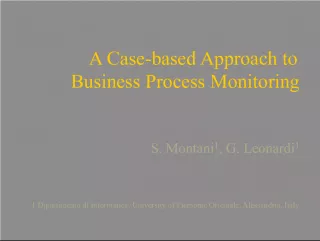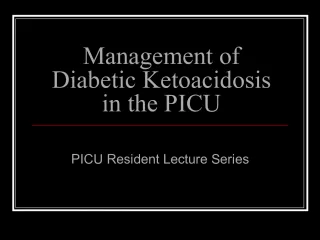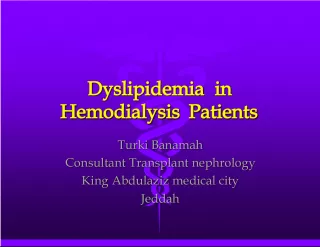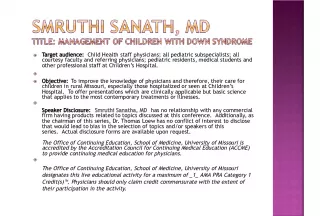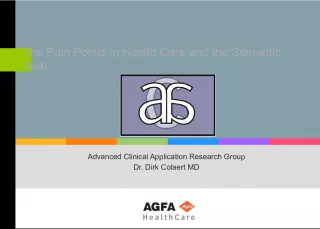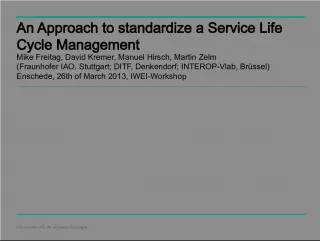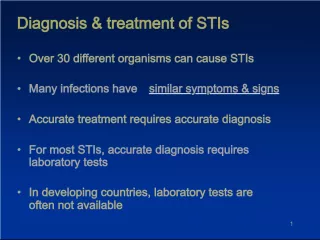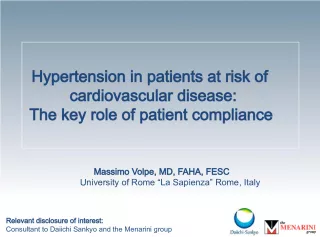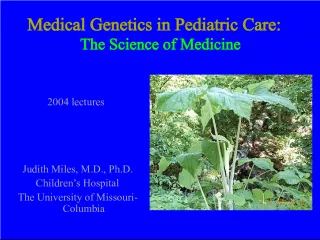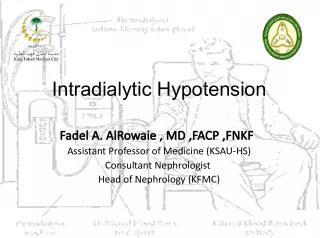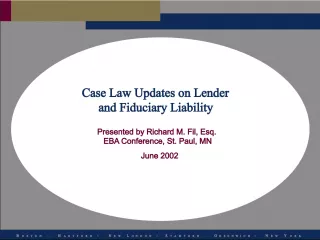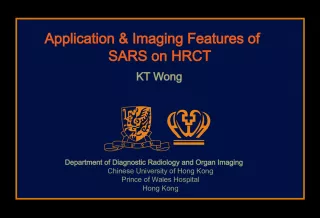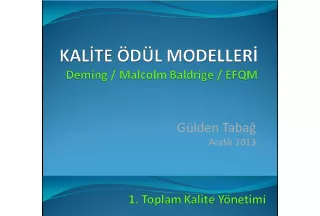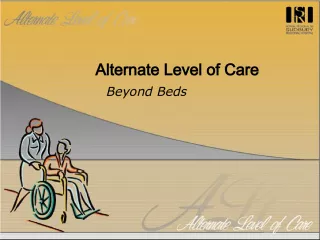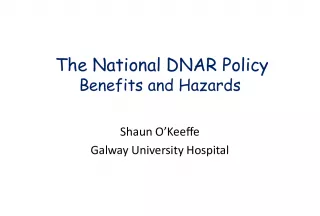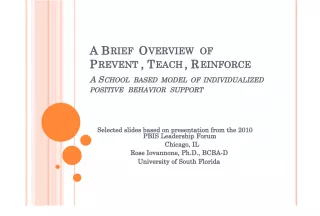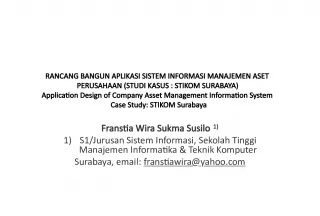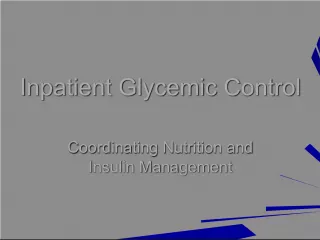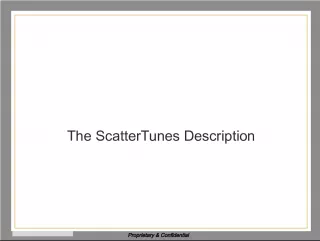Seizure Management in Pediatric Patients: A Case-Based Approach


This article presents a case of a 14-month-old boy with seizures associated with fever and discusses the initial assessment and treatment options for pediatric patients with seizures. Alternatives to first-line treatments for status epilepticus are also reviewed.
- Uploaded on | 0 Views
-
 dannaconroy
dannaconroy
About Seizure Management in Pediatric Patients: A Case-Based Approach
PowerPoint presentation about 'Seizure Management in Pediatric Patients: A Case-Based Approach'. This presentation describes the topic on This article presents a case of a 14-month-old boy with seizures associated with fever and discusses the initial assessment and treatment options for pediatric patients with seizures. Alternatives to first-line treatments for status epilepticus are also reviewed.. The key topics included in this slideshow are seizures, pediatric, initial assessment, treatment, status epilepticus,. Download this presentation absolutely free.
Presentation Transcript
1. Seizures: Nuts and Bolts National Pediatric Nighttime Curriculum Written by Anna Lin, MD Lucile Packard Childrens Hospital
2. Learning Objectives Understand the importance of initial assessment of patients who have seizures Be able to initiate treatment for patients who have seizures Know alternatives to first line treatments for status epilepticus
3. Case #1 14-month-old developmentally normal boy who presents with generalized tonic-clonic seizures associated with fever. How would you initiate management? What other information would be useful to you as you are starting to intervene? What type of work-up does this patient need?
4. Case # 2 12-year-old boy with obstructive hydrocephalus and VP shunt who presents with generalized tonic-clonic seizures for the past 15 minutes. How would you initiate management? What other information would be useful to you as you are starting to intervene? What type of work-up does this patient need?
5. Types of Seizure Partial Seizures Simple vs. Complex Different types (motor, sensory, autonomic, psychic) Generalized Seizures Convulsive vs. Nonconvulsive Secondarily generalized vs. Secondary
6. Status Epilepticus A patient is in status epilepticus if seizure activity has lasted > 30 minutes or there are multiple seizure episodes with failure to regain consciousness between episodes This is an arbitrary definition
7. Management of Seizures Initial assessment A irway B reathing C irculation Call for help Hospitalist Neuro PICU/RRT Ask for more history How long has the patient been seizing? New-onset vs. known seizure disorder Baseline seizure frequency, is this typical or not? Events leading up to this episode Meds/triggers History of status
8. Management of Seizures Consider rapid work-up for underlying etiologies CNS infection Acute HIE Metabolic disease Electrolyte imbalance TBI Drugs, intoxications, poisonings Cerebrovascular event
9. Benzodiazepines Lorazepam (Ativan) 0.05-0.1 mg/kg IV q10-15 min, max dose 4 mg Less respiratory depression than diazepam, longer duration of action, slower onset (2 min) Midazolam (Versed) 0.15 mg/kg IV then continuous infusion of 1 mcg/kg/min Other formulations available: IM, buccal , intranasal, oral, and rectal Short half life, faster onset (1 min)
10. Benzodiazepines (2) Diazepam (Valium) 0.05-0.3 mg/kg IV q15-30 min, max dose 10 mg Quick onset (10-20 sec), rectal formulation, higher risk of respiratory depression Not considered first line Lower efficacy Increased respiratory depression
11. Fosphenytoin/Phenytoin Fosphenytoin (Cerebyx) 15-20 mg PE/kg IV/IM, may infuse 3 mg/kg/min (max 150 mg/min), max dose 1500 mg PE/24 hours Prodrug of phenytoin which has fewer side effects Can cause cardiac arrhythmias Avoid for status with myoclonic seizures or absence seizures Consider alternatives in seizures associated with illicit drug use Phenytoin (Dilantin) Not used first line as there are many side effects Cardiac arrhythmias/hypotension associated with propylene glycol used to dissolve phenytoin Local pain, venous thrombosis and purple glove syndrome skin necrosis, limb ischemia amputation
12. Barbiturates Phenobarbital (Luminal) 15-20 mg/kg IV/IM, may repeat 5 mg/kg IV q15- 30 min, max dose 40 mg/kg Prolonged sedation, respiratory depression, hypotension Generally used after failure of benzodiazepines and fosphenytoin Pentobarbital (Nembutal) 12 mg/kg IV followed by 5 mg/kg/hr infusion Titrate to EEG inactivity Used for refractory status epilepticus
13. Other agents Propofol (Diprivan) Rapid onset, short duration of action Mechanism of action is unclear Hypotension, apnea and bradycardia are common Intubation and ventilation are required for the use of this medication Prolonged use can result in hypertriglyceridemia and pulmonary edema Associated with fatal acidosis and rhabdomyolysis
14. Other agents (2) AEDs with some data to suggest use in refractory SE Valproic acid (Depakote): not yet approved for SE, some data to support its use Topiramate (Topamax): PO only Levetiracetam (Keppra): adult data only
15. References AAP Subcommittee on Febrile Seizures. Clinical Practice GuidelineNeurodiagnostic Evaluation of the Child With a Simple Febrile Seizure. Pediatrics 2011, 127(2): 389-394 Singh RK, Gaillard WD. Status Epilepticus in Children. Current Neurology and Neuroscience Reports 2009, 9:137144 Wilfong A. Overview of the classification, etiology, and clinical features of pediatric seizures and epilepsy. Up To Date, 2011.
16. Questions 1. You are paged by the nurse to come to the bedside of a patient with known seizure disorder who is actively seizing. On arrival to the bedside, you note that the patient is having tonic-clonic movements of all extremities, upward eye deviation, and frothing at the mouth. The next step in the assessment/management of this patient is to A.Ask the nurse how long the patient has been seizing B.Wait for your senior resident to come and assist you C.Have the nurse give lorazepam through the IV D.Suction and secure the airway E.Obtain a fingerstick blood glucose
17. Questions D.Suction and secure the airway In all patients, the first assessment you make should be checking airway, breathing and circulation. Although you should call for help, you do not need to wait to start life- saving interventions. While lorazepam is an excellent anti- seizure medication, if your airway is not secure, you could risk putting this patient into respiratory failure. Asking for more information can be helpful in overall management, but is not the next best step. You can consider hypoglycemia as an underlying etiology, but this is also not the first step in your assessment.
18. Questions 2.You are called to the Emergency Department to admit a 2- year-old patient who had a 2 minute generalized tonic- clonic seizure associated with fever. The patient is well- appearing and at baseline neurological status 30 minutes after the event. His neurological examination is normal. What should you do? A.Discharge the patient home after seizure education. B.Admit the patient to the floor for overnight observation. C.Recommend the Emergency Department obtain a head CT. D.Obtain screening labs including a CBCD, chemistry panel and CRP. E.Discharge the patient home with rectal diazepam.
19. Questions A.Discharge the patient home after seizure education. This patient has had a simple febrile seizure. The general course of this disease process is benign. It needs no further work-up. Use of anti-epileptic medications is not indicated in simple febrile seizures. Admission is not necessary. Parents should be reassured about this incident and given education about recurrence risk and when to activate the emergency medical system (i.e. call 911).
20. Questions 3. All the following medications are used to treat status epilepticus EXCEPT A.Lorazepam B.Fosphenytoin C.Phenobarbital D.Propofol E.Levetiracetam
21. Questions E.Levetiracetam Levetiracetam (Keppra) is not routinely used to treat status epilepticus. Although there is some adult data to support its use, its use in pediatrics is not widespread. Other medications which are not routinely used in the treatment of status epilepticus in the pediatric population include valproic acid and topiramate. These medications may be used in refractory status epilepticus.
22. Questions 4. A 3-year-old boy with known seizure disorder is being admitted for increased seizure frequency. As you assess the patient, he develops generalized tonic-clonic seizures. He is maintaining his airway and oxygen saturation is 94% on RA. He is afebrile. He does not have IV access. What would you do next? A.Administer buccal midazolam. B.Order an emergent head CT. C.Check electrolytes and glucose STAT. D.Obtain more history. E.Start a peripheral IV.
23. Questions D.Obtain more history. Since there is no vital sign instability, the patient does not require immediate treatment. This seizure may represent be typical for him. Important history to obtain includes frequency and type of seizures, medication history (what type of anti-epileptic therapy is the patient on and how often does he take it, has he missed any doses), any triggers for seizures/new exposures, previous history of status epilepticus and other recent events or symptoms. Administration of buccal midazolam is not indicated if the seizure normally resolves within a few minutes. The patient may require further brain imaging. In a patient with known seizure disorder and no history of trauma or increased ICP, emergent head CT may expose the patient unnecessarily to high doses of radiation. MRI of the brain may the imaging modality of choice, but does not need to be performed emergently. Starting a peripheral IV and checking labs could be useful but are not the next steps in the evaluation of this patient.
24. Questions 5.Which of the following is TRUE about fosphenytoin/phenytoin? A.Phenytoin is used first-line in status epilepticus. B.Phenytoin can cause cardiac arrhythmia, but fosphenytoin does not. C.The loading dose of fosphenytoin is 20 mg/kg PE IV or IM. D.Fosphenytoin is best used for patients with myoclonic or absence seizures. E.Phenytoin is a prodrug.
25. Questions C.The loading dose of fosphenytoin is 20 mg/kg PE IV or IM. Fosphenytoin is ordered in mg PE (phenytoin equivalents). It is a prodrug which is converted into phenytoin. It can cause cardiac arrhythmias although less commonly than phenytoin. Phenytoin should be avoided in patients with myoclonic or absence status epilepticus. Phenytoin is not used first-line because of its cardiac arrhythmias and risk of venous thrombosis.
